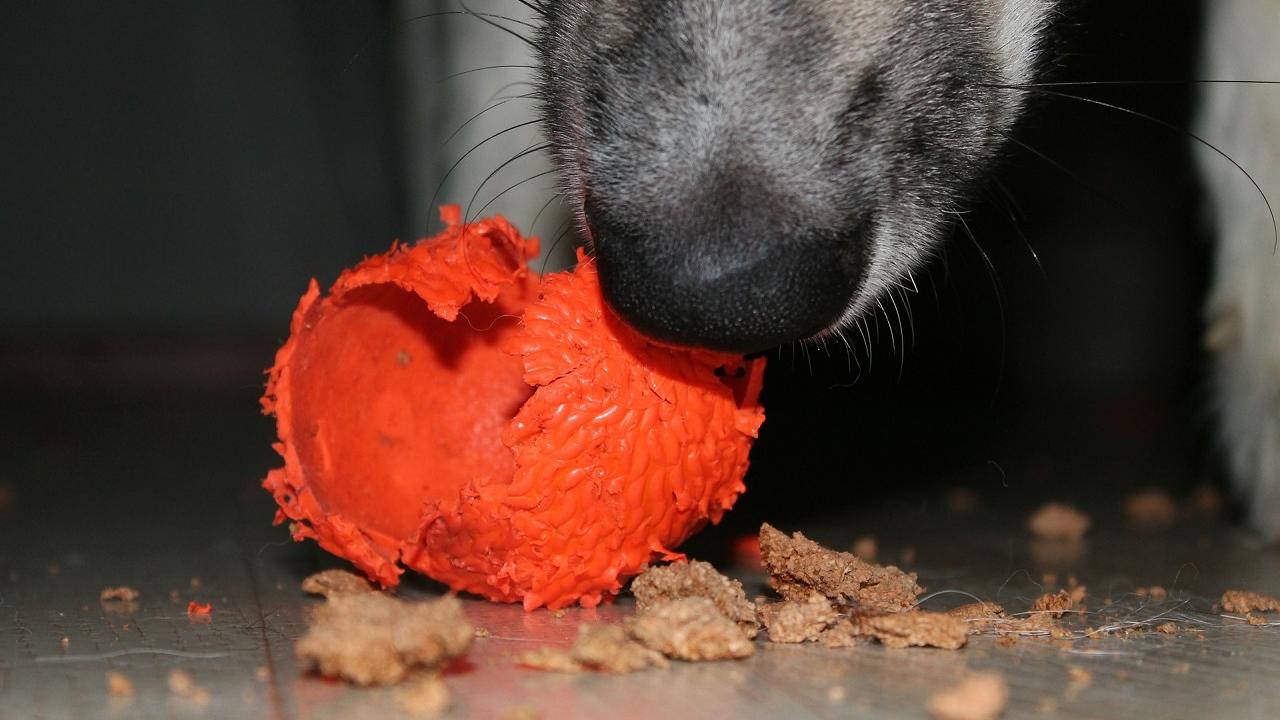Trauma
What is trauma?
There are many different potential causes of Trauma. These include falls, hit by cars (HBCs), accidentally being stepped on, excessive play at the park etc.
Injuries can range from mild to severe depending on the severity of injury. Clinical signs can range from a mild limp to open wounds and even fractures of long bones. Signs can also be hidden (internal) away from sight e.g. blunt trauma to the abdomen resulting in rupture of the spleen.

What symptoms may be associated with Trauma?
Clinical signs will depend severity and type of traumatic injury. Generally speaking however signs may include:
- Limping
- Whining or yelping when touched or when walking
- Abnormal behavior
- Bruising
- Swellings
- Facial or head injury
- Abdominal pain
- Bleeding from anywhere on the body
- Shock (pale skin, weak pulse, rapid breathing, cold extremities)
Injuries are categories as being either external or internal.
External injuries include cuts, bruises, scratches, and bleeding anywhere on the body.
Internal injuries are the most serious because you cannot see them and they may go unnoticed until they become really serious. Such injuries include - Broken bones, head/brain injury, internal bleeding, pneumothorax (air within the chest cavity between the lungs and thoracic wall), fluid within the lungs, and shock.

How does a veterinarian evaluate the extent of injury from Trauma?
The veterinarian will first perform a thorough and detailed physical examination. This involves checking the musculoskeletal system for any fractured bones, swelling or pain responses. The examination will also include palpation of the abdomen and auscultation chest cavity (to assess heart and lungs sounds). The physical examination is always the first step to evaluate the extent of injury.
To determine if your pet has any internal injuries, radiographs are typically performed. Ultrasonography, CT scan and possibly an MRI may also be suggested. Blood tests will be done to check for internal bleeding and shock.

How are such injuries treated?
The treatment for trauma depends on the type, severity and area of the injury. Many patients will need intravenous fluids, pain relief, anti-inflammatories and antibiotics. Any superficial cuts will be cleaned and may need to be dressed. Deep lacerations will require anaesthesia, wound exploration and closure with sutures. Fractures may require surgical stabilization and correction. If internal bleeding has occurred, emergency surgery may be advised. Intravenous fluids and blood transfusions are also commonly needed. For injury to the chest cavity, surgical repair, chest drain placement, thoracocentesis (draining fluid from the chest cavity) may be required.




